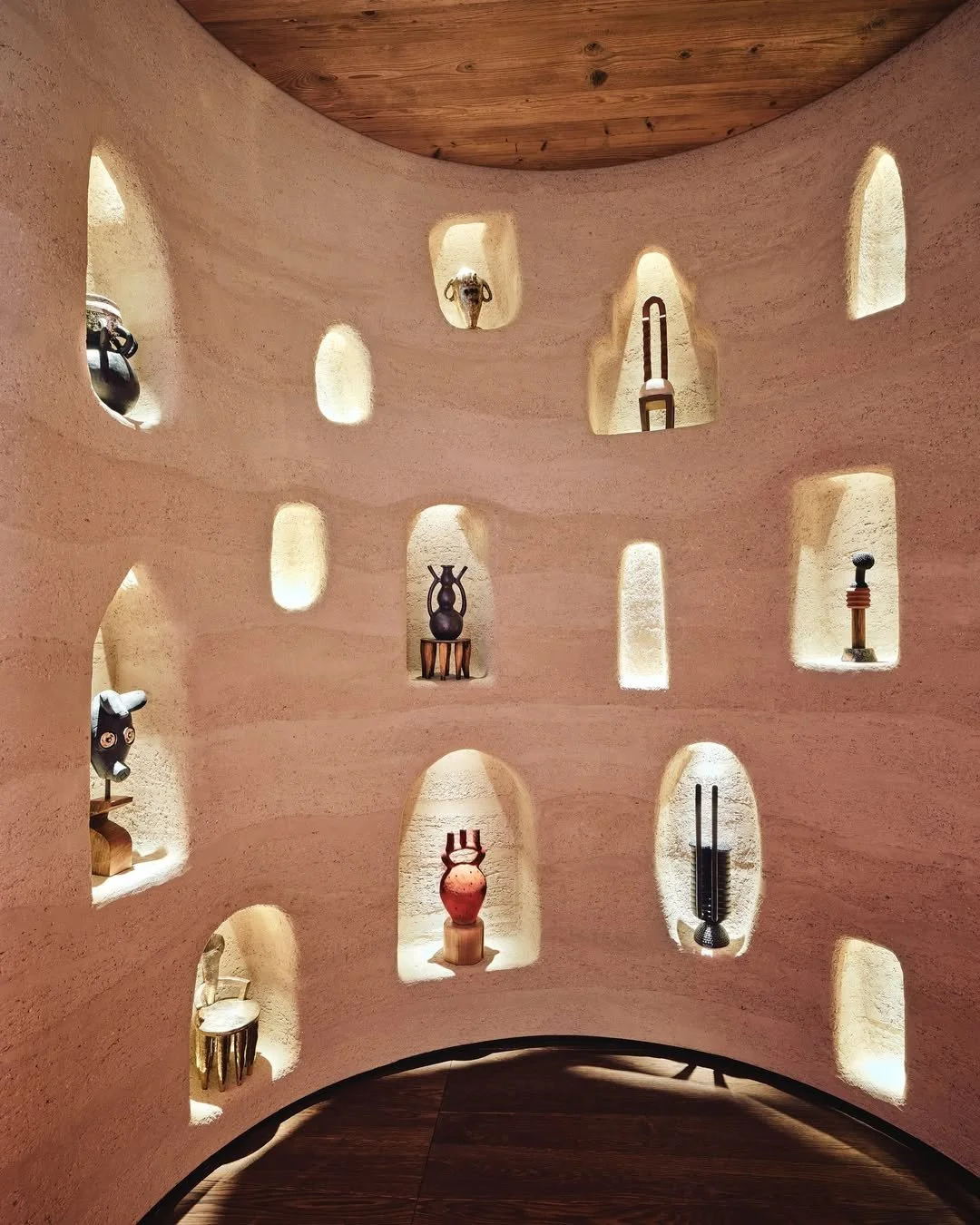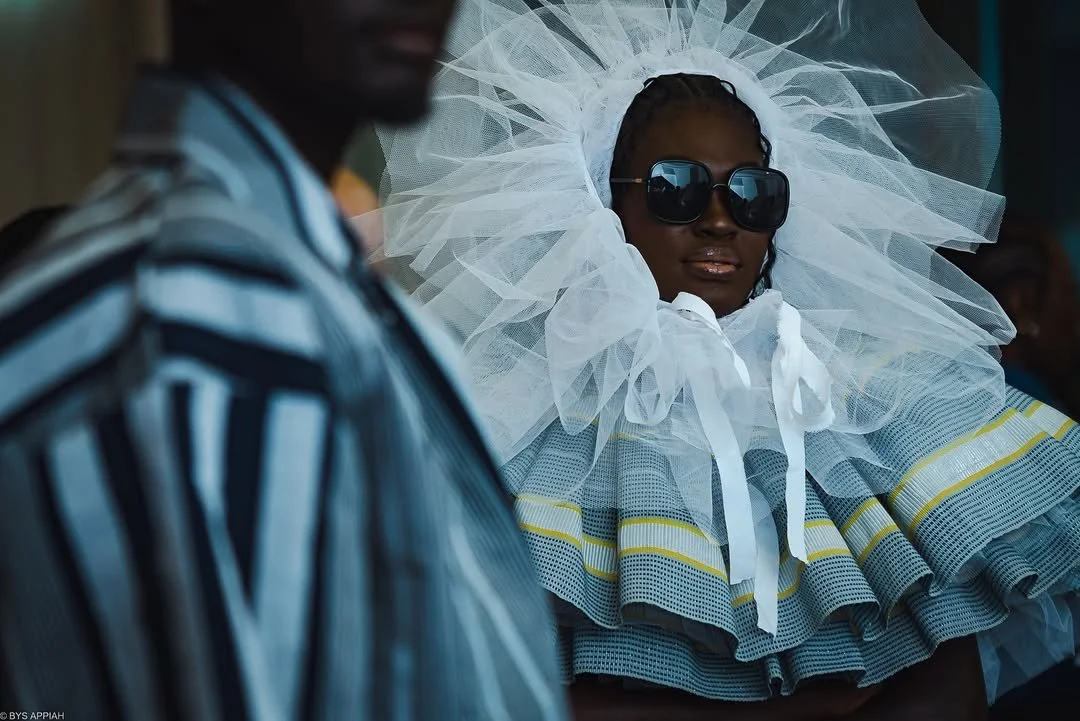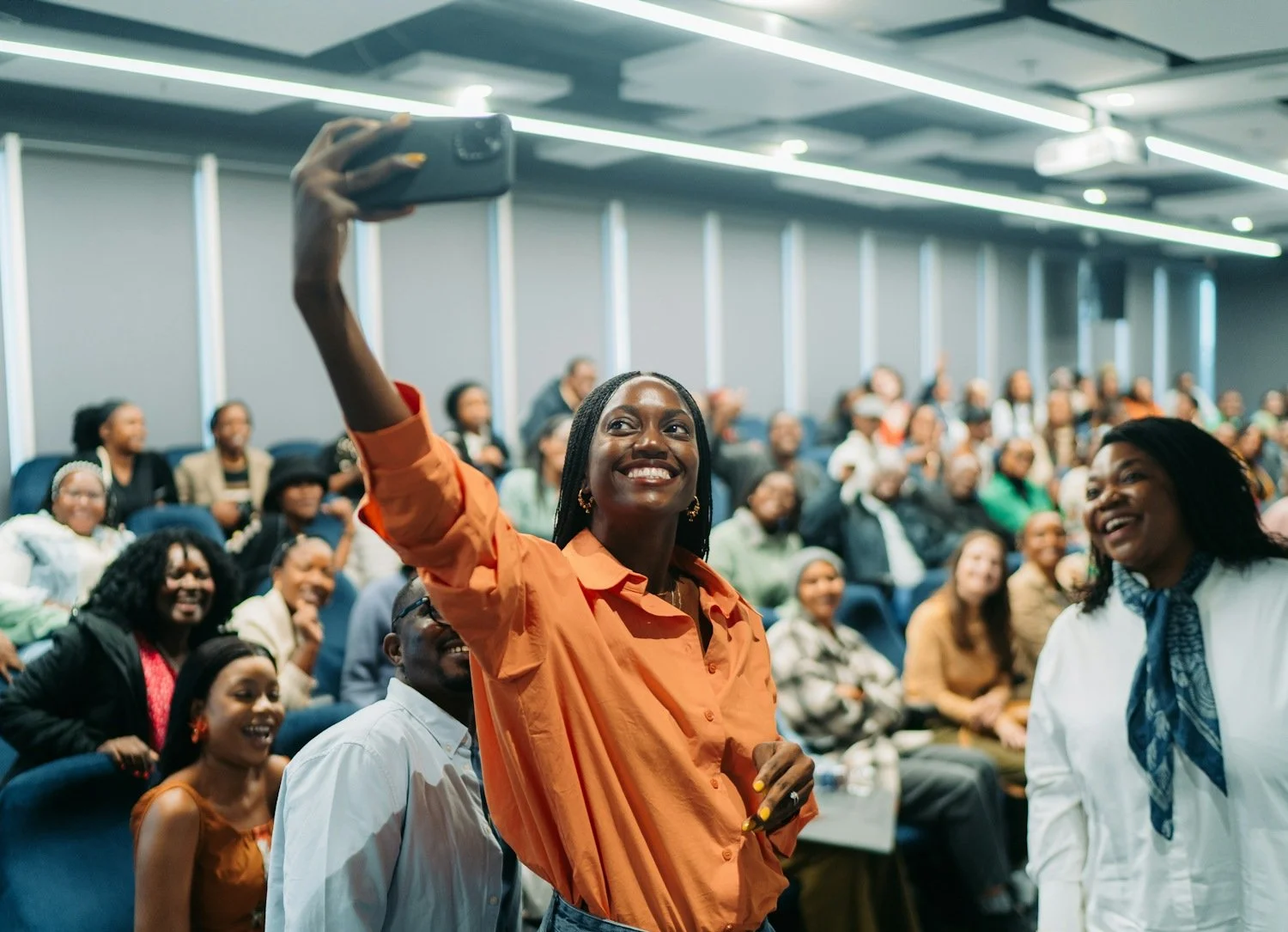Detty December : the homecoming economy, redefined.
Detty December answers this equation. Born from a pinpoint moment—December in Lagos—it evolves into global language, dispersed-community ritual, identity-desirability-economic nexus. The story unfolds, outlining our envisioned new generation of brands : root-aware, ambitiously scoped, infrastructure-lucid for endurance.
Design tourism: Lagos leads, Africa follows
So yes, design tourism in Africa is still young. And Lagos is showing us the blueprint: build consistently, empower private creatives, activate the entire city, and position culture as infrastructure, not afterthought. When that happens, every visitor becomes an ambassador, every conversation becomes a potential partnership, and every activation reinforces a city's identity as a creative capital worth visiting, not just for tourism, but for business, for collaboration, for the future.
This year season is still young. Visit Lagos and experience it.
Forum Creation Africa Lagos: French Diplomacy at its best
The forum Creation Africa in Lagos concluded but its implications are ongoing. Multiple partnerships were announced. Training programs are launching. Capital is being mobilized. But the deeper work—the one that matters most, is structural.
It's building educational systems that teach business alongside craft. It's creating financing mechanisms that trust creator-entrepreneurs enough to offer capital without requiring ten years of audited accounts. It's designing distribution systems that reward specificity rather than volume. It's protecting cultural assets through legal mechanisms that go beyond international IP norms to honor communal ownership.
Design Week Lagos 2025 : Building systems for Made in Africa
Beyond showcasing objects, at Design Week Lagos 2025, a fundamental question reframed our entire conversation about African design: How do we transform creativity into wealth, ownership, and economic sovereignty ? The answer isn't about showcasing more beautiful objects or securing more global press. It's about building systems.
Mansa breaks down barriers in African culture in Paris
While Mansa embraces the dimension of a cultural and civic agora, it goes much further. Here, there is no disciplinary compartmentalization, no priority given to one generation or one form of expression. In this first season, the diversity of voices and stories comes alive in a rich program: visual arts, music, cinema, debates, workshops, learning African languages, and passing down traditional knowledge. The elitism so often attached to institutional culture is nowhere to be felt: access is free, mediation is designed to unite, and the programming is crafted with a respectful curiosity toward diverse African influences.
Made in Africa: Crafting Positioning that Resonates
Let’s be clear: “Made in Africa” is an origin story, not a positioning strategy. The real work is in what happens next, living and articulating a promise for those you are uniquely positioned to serve. Brands who suceed do so, not because they are African, or made in Africa but because they dare to make relevance, listening, and deep value central to everything they do.
Design & contemporary crafts : Reinventing hospitality & luxury
When it comes to hospitality, what truly defines an African luxury hotel ? The question may seem straightforward, but the answer is far more nuanced and often varies from person to person. Recently, I came across a post on Instagram praising the Sofitel in Cotonou, Benin — now recognized as one of the continent’s emerging hotel landmarks — and it sparked my curiosity, drawing me into the conversation.
How to master your creative brand pricing strategy
The September-October fashion season represents more than just trend showcasing—it's a masterclass in how pricing strategy enables brand evolution. Creative brands that approach these opportunities with well-structured, market-informed pricing strategies will find themselves better equipped to navigate the complex dynamics of modern fashion commerce, whether they're showcasing in Paris showrooms or trading within the African continent.
Success lies not in choosing between wholesale and retail, but in building pricing architectures that enhance both channels while staying true to your brand's creative vision and commercial objectives.
Threads of Legacy: The journey of Adenike Ogunlesi in Fashion
Mrs. Adenike Ogunlesi's journey offers profound insights for Africa's creative industries. Her transformation from frustrated consumer to continental industry leader demonstrates that authentic African businesses can achieve international standards while creating substantial employment, developing local skills, and influencing policy frameworks.
Creative Week in Benin :Africa’s Next destination for Design and Fashion
Last month, from July 22 to 26, we were immersed in a dynamic week in Cotonou, Bénin. We celebrated innovation and cultural fusion, with the creative community through two landmark events: Design Week, driven by Africa Design School, and the 7th edition of Benin Fashion Month, organized by the Ministry of Arts & Culture and operated by ADAC, an operational agency for Arts & Culture. These gatherings marked Benin’s ambition to position itself as an African reference in the creative and textile industries, asserting a strong identity rooted in heritage yet truely future-oriented.
The Gather House : Community-driven commerce in Lagos
As I moved through the space, I was struck by how Gather House Lagos had transformed from its origins as pop-up markets at Alliance Française into this permanent beacon of community-driven commerce. The evening's celebrations felt like a natural extension of the space's mission—recognizing not just individual success but the collective power of creative's entrepreneurship in Lagos.
Masterclass: How to build sustainable, rooted, and global African brands
The Création Botswana experience, by uniting talents, mentors, and institutions around a shared vision, demonstrates the possibility of moving beyond individualism to build a resilient, inclusive, and innovative ecosystem. Sustainability in Africa is plural: it is rooted in heritage, fueled by innovation, and embodied by social and economic impact. The testimonies of industry leaders remind us that a brand’s strength lies not only in its aesthetic or market appeal, but also in the depth of its story, management rigor, and community commitment.
Collective memory: architect Francis Kéré for Thomas Sankara
The mausoleum, designed by Francis Kéré, stands out for its blend of tradition and modernity. Its form is inspired by the eye, a symbol of vigilance and transmission, while the circular arrangement of the tombs, the monumental ramp, and the thirteen segments evoke unity and collective sacrifice. The materials used—compressed earth blocks, laterite, granite—embody the choice of autonomy, simplicity, and the valorization of local resources, echoing Sankara’s vision for endogenous and sustainable development.
Made in Africa 2: How to reinvent the competitiveness of African goods ?
Christie Brown’s experience shows that investing in fashion can no longer be limited to mentoring programs that aim to turn creatives into CEOs without equipping them with strategic skills in marketing, distribution, and financial management. It also demonstrates the value of innovation: reinterpreting tradition, adapting to the times, developing an omnichannel sales strategy, forging strategic collaborations, and placing sustainability and craftsmanship at the heart of customer loyalty. Christie Brown is a model of sustainable African success, built on cultural authenticity, local production, solid governance, and a multichannel distribution strategy, despite major operational challenges and the absence of significant external funding.
Made in Africa 1 : Why are African goods so expensive?
In African markets, a garment, a beauty product, a design object, or a lifestyle article made locally often costs more than a product imported from China, Turkey, or Europe. This reality is not accidental, but the result of an economic system struggling to find its balance or specialization.
Met Gala 2025: Black dandyism, deception and lessons for Africa
Let’s remember the impatience that preceded the evening of May 5th 2025: on social networks, in studios, in specialized media, Africa and its diaspora held their breath. For once, the Met Gala seemed ready to do justice to an entire chapter of fashion history Met Gala—Black Dandyism, elegant resistance, and identity reinvention. Expectations were immense, pride palpable.
Koyo Kouoh: Homage to a life of choices that has a lasting impact
Madame Koyo’s legacy is immense. She leaves behind a transformed landscape for contemporary African art, marked by stronger institutions, empowered artists, and a more inclusive global discourse. Her leadership at RAW Material Company and Zeitz MOCAA set new standards for advocacy, excellence, and community engagement. Through her writing, exhibitions, and mentorship, she nurtured a generation of creatives who will carry her vision forward.
Lagos Homecoming: Streetwear Brands and Culture
Often dominated by cities like London, Paris, Milan, and New York, the fashion world is increasingly influenced by West African trends. Brands such as FREE THE YOUTH (Ghana), Pith Africa, Severe Nature & WAF (Nigeria) are establishing themselves locally and building bridges with international brands such as Patta (Netherlands). Their growth is driven by a dynamic, highly connected youth market—half of the African population is under 25—and a growing middle class, representing nearly 35% of the continent's population.

















